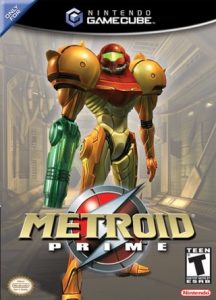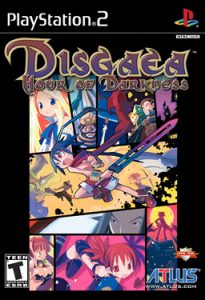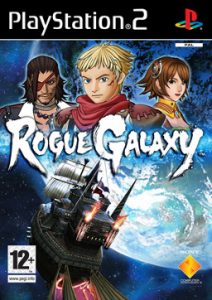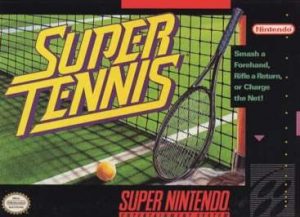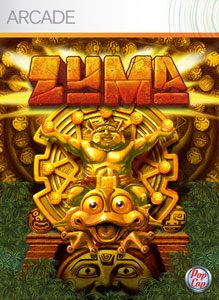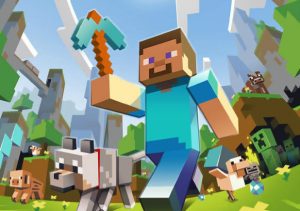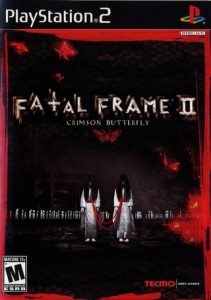533rd played so far
Genre: Action/First-Person Shooter
Platform: Gamecube
Year of Release: 2002
Developer: Retro Studios
Publisher: Nintendo
The Metroid Prime series is Metroid done as a first-person shooter, an interesting variation on the theme that was experimental at the time.
So when we started playing Metroid Prime, we did so using the Wii remastered version. Because of its control issues, we redi it a few weeks later with the Gamecube version – so there’s a fairer comparison.
Our Thoughts
Playing the two versions show how much a tutorial can make a difference. The Wii controls are so awkward, the escape at the end of the tutorial level felt impossible for a while. I just couldn’t get through in time, and wasn’t that close to finishing it either. The Wii version doesn’t support the Gamecube controller either – not making your life any easier. Later, trying the Gamecube version, I finished the level with quite a bit of time remaining and actually got into the semi-open world.
Because that tutorial level isn’t really representative, and doesn’t feel much like Metroid. While scanning for information bits is interesting and adds some flavour to the world, there are no secrets, no passages to explore (except for a semi-mandatory one needed to get the map) and not much to do but to follow the path. It’s probably so you can’t miss anything while going through the tutorial, but it doesn’t feel like a Metroid world yet.
After this (and losing a bunch of abilities they teach you about) you end up on another world, more open than the corridors we’ve seen in the 2D Metroid games (although it still has those as well). It invites you to explore and (to be honest) see all the parts you can’t get to yet, parts of the world that opens up as you gain more abilities. The promise is actually there, which is very exciting.
Looks-wise, the Wii version is an upgrade, but it’s a waste with the gameplay downgrade. The first(?) alien world also mostly has a lot of browns, but I hope later upgrades change that far enough.
Final Thoughts
Although the size of the world is impressive and the game feels more open in how the world looks, even if not necessarily in the path, Metroid Prime does lack something the earlier 2D games had. It’s probably because it has the slower start, where other games drop you in this environment where you still don’t have as many places where you can go, but can see all the other paths and where it feels like there are more places to go… later.
